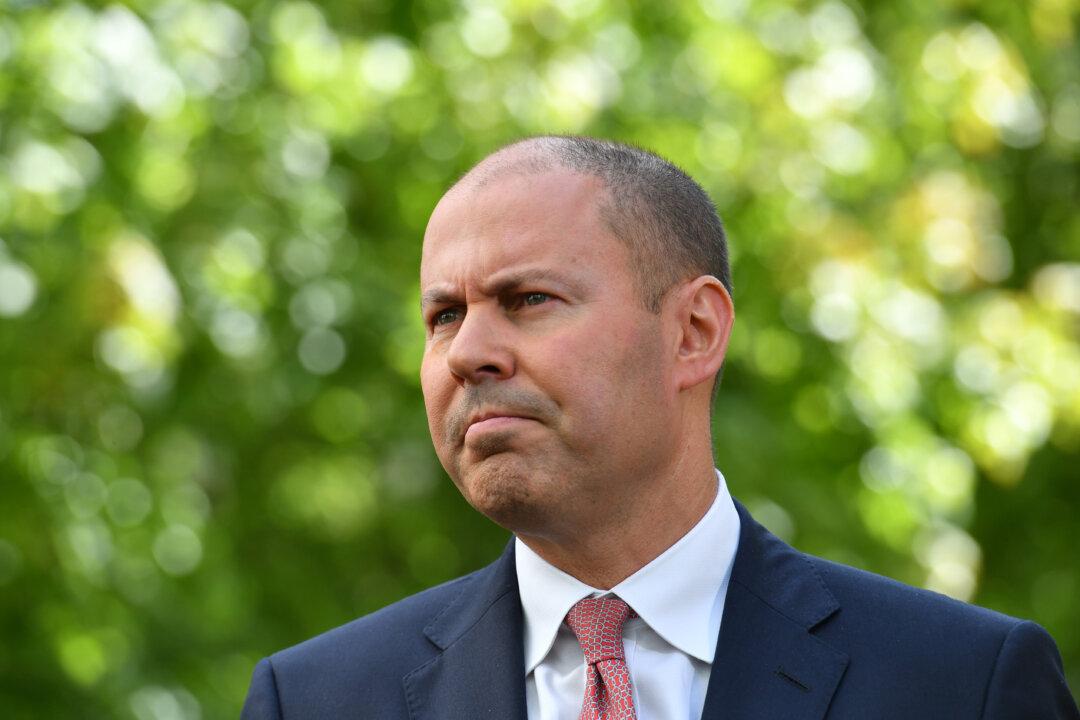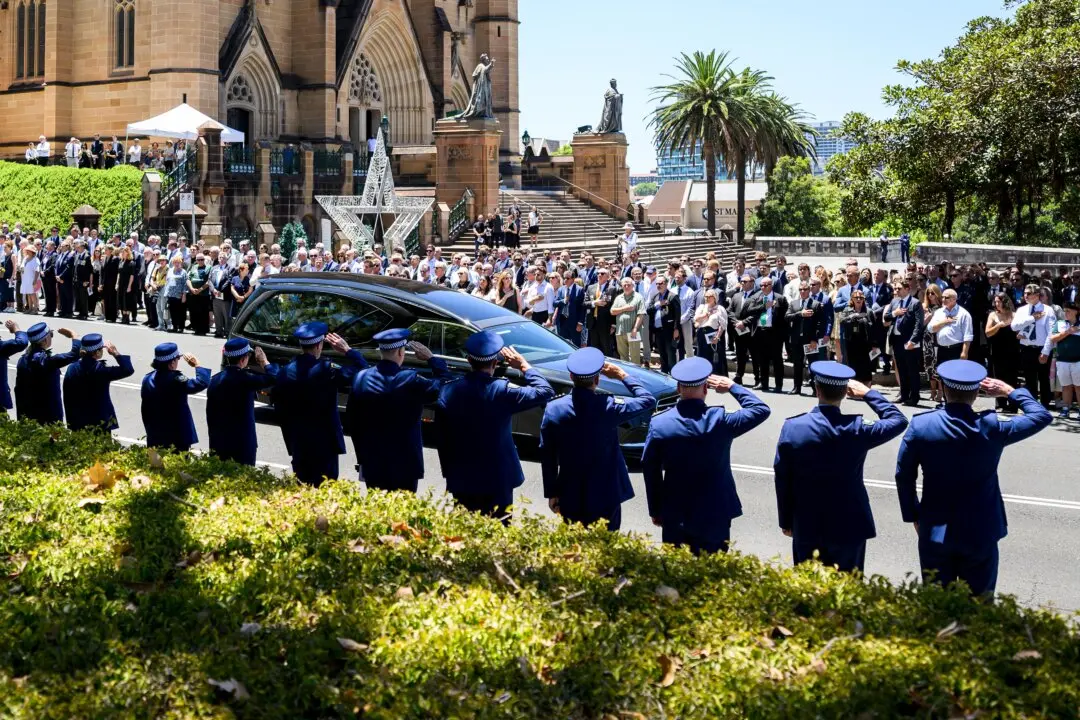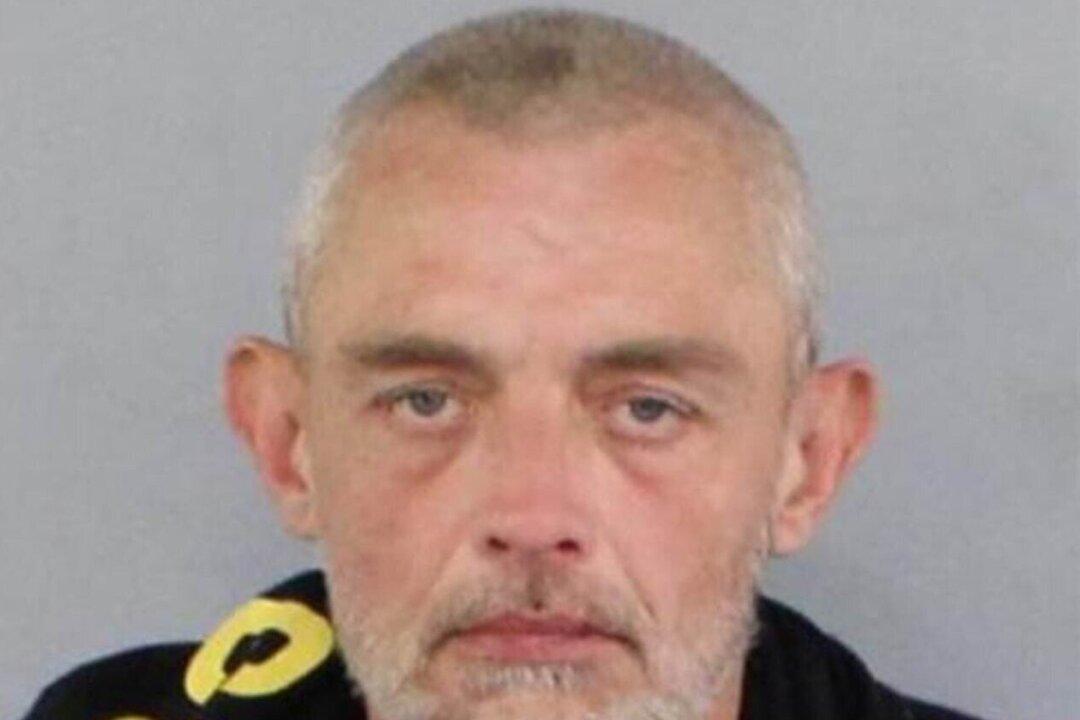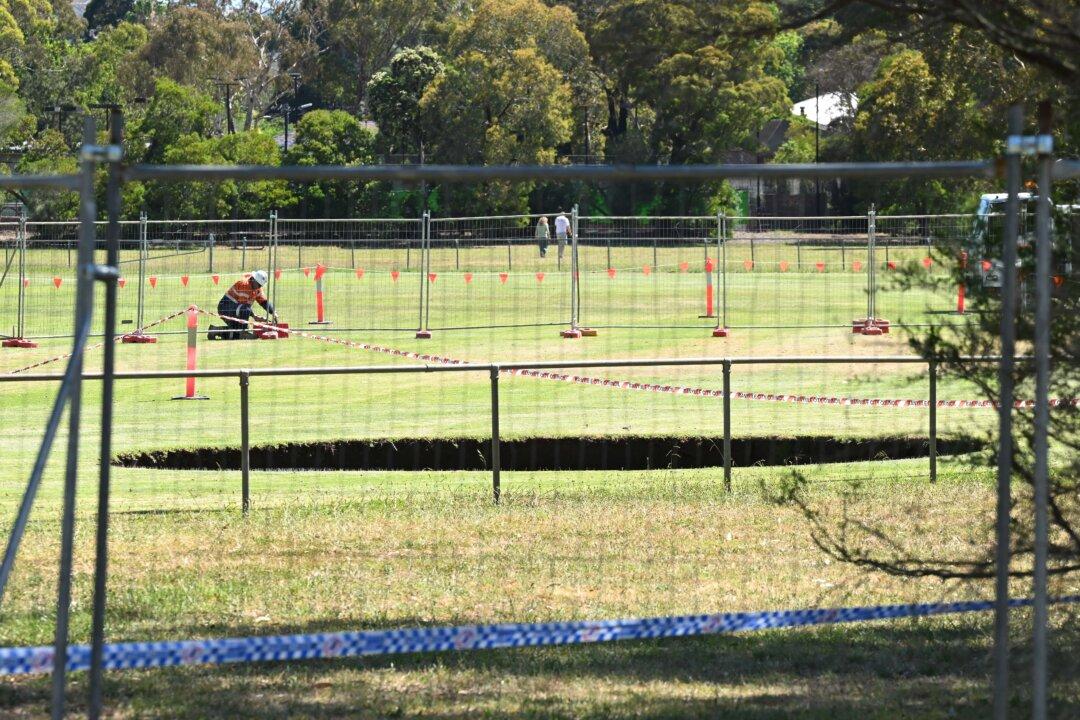The fire danger rating in parts of Australia’s most populous state, New South Wales (NSW) has risen back up to “severe” as hot, dry, windy conditions put an end to a brief reprieve for bushfire-hit areas of the state.
The Rural Fire Service NSW on Friday morning confirmed more than 250 homes have been destroyed since Friday, with almost 90 damaged. Some 480 outbuildings and 18 facilities have also been razed.





